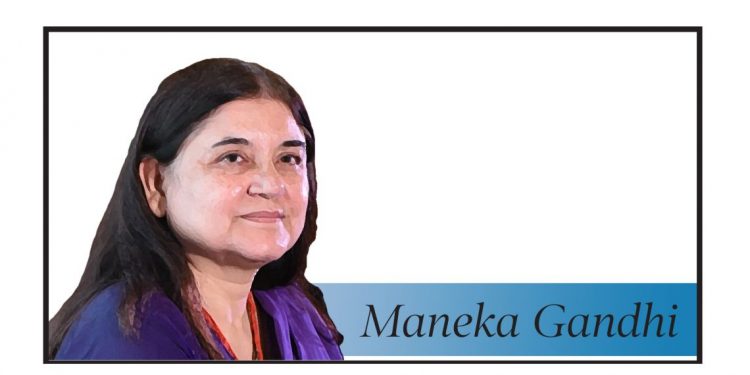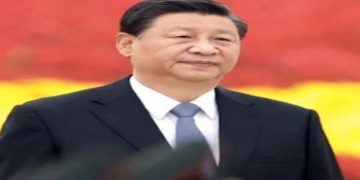While we all know that crows are very bright, few people know about the abilities and intelligence of the pigeon. Pigeons can multitask; they can do more jobs at the same time than humans. In an experiment, scientists at Ruhr-Universitat Bochum, trained test groups of humans and pigeons to do jobs such as pressing a keyboard once a light came on. They were also put in situations wherein they would need to stop working on one job and switch to another. Humans and pigeons switched between jobs at the same speed. In the tests, where the subjects had to wait one second before switching jobs, pigeons were much quicker.
A 2015 study revealed that pigeons can identify cancer and distinguish between malignant and benign growths. Researchers at University of California, Davis Medical Center, put pigeons in a room with magnified biopsies of potential breast cancers. If the pigeons correctly identified them as either benign or malignant, they got a treat. According to ‘Scientific American’, “Once trained, the pigeons’ average diagnostic accuracy reached an impressive 85 per cent. But when a ‘flock sourcing’ approach was taken, in which the most common answer among all subjects was used, group accuracy climbed to a staggering 99 per cent, or what would be expected from a pathologist. The pigeons were also able to apply their knowledge to novel images, showing that the findings weren’t simply a result of rote memorisation.”
They ride the metro to get to their feeding stations, getting off at the same place every day. Which means they can count, remember fellow passengers and where they get off and landmarks.
They recognise people who are nice to them and avoid people who are mean, according to an experiment done in Paris in 2011. Researchers of a similar age, build and colour either scared pigeons away or gave them food. They repeated this for several days. The pigeons knew the feeder from the chaser — even when they swapped outfits — and would flock or run away accordingly. The study team led by Dr Dalila concluded: “The fact, that the pigeons appeared to know that clothing colour was not a good way of telling humans apart, suggests that the birds have developed abilities to discriminate between humans in particular.
Pigeons have extraordinary vision and can distinguish between nearly identical shades of colour. They can also read the alphabet, if taught. In a 2016 study, scientists showed that pigeons can differentiate between strings of letters and actual words. Four of the birds built up a vocabulary of between 26 and 58 written English words. The birds could even identify words they hadn’t seen before. They understand abstract mathematical concepts, differentiate between number-like objects, order pairs, and accurately judge amounts – an ability that they share with only rhesus monkeys.
In the 1950s, psychologist BF Skinner taught his pigeons to play ping pong – a game that requires a great deal of spatial understanding and dexterity. In 2017 a research published in ‘Current Biology’ showed that pigeons understood the concepts of space and time.
Japanese psychologist Shigeru Watanabe and two colleagues trained pigeons in 1995 to recognise the paintings of Claude Monet and Pablo Picasso and distinguish between the painters. The pigeons were even able to use their knowledge of impressionism and cubism to identify paintings of other artists in those movements and watercolour paintings from pastels. In a 2009 experiment, pigeons were shown almost two dozen paintings made by students at a Tokyo elementary school, and were taught which ones were considered “good” and which ones were considered “bad”. He then presented them with 10 new paintings and the avian critics managed to correctly guess which ones had earned bad grades from the school’s teacher and a panel of adults.
Like humans, pigeons categorise on the basis of colour, texture and general appearance. Pigeons can differentiate between photographs and even two different human beings in a single photograph. Pigeons have been found to pass the ‘mirror test’, the ability to recognise their own reflection in a mirror. The pigeon is one of only 6 species, and the only non-mammal, to have this ability.
They are very good parents. They share equally in the nesting duty, dividing the responsibility of incubating their eggs to give the other a chance to eat and rest. You will never see a baby pigeon, because pigeon parents keep their children in their well-hidden nests until their young reach near-maturity. The pigeon parents only reveal their babies to the world once they practically look like adults. They mate for life and it’s a love that endures. If one is sick, the other will wait by her in public, no matter what the danger to its life.
These swift and smart birds are blessed with navigational expertise, have an exceptional memory for topographical details and excellent hearing and vision. When they come down to eat at places where people leave food they don’t push and shove each other. You never see them fight. They eat in harmony and everyone gets something. Apart from impressive acrobatics to avoid being eaten, pigeons also do backflips in the air just for fun!
Charles Darwin was fascinated by their intelligence. He kept them as pets, joined pigeon clubs and wrote about them extensively.
Today they survive in tough cities, endure being starved and killed by ignorant and vicious municipal corporations, persecuted and crippled by passers-by and traffic. They carry on wanting to live with humans with a grim persistence. They eat the rubbish we throw and endure the chasing of our children, the kicks and the blows. And still they come forth to make friends. They could find their way in the countryside – like most birds who have abandoned our urban areas – but they choose to stay.
Left to me I would make them the mascots of the city. Feed them. They represent your soul; bewildered and yet resilient.
To join the animal welfare movement, contact gandhim@nic.in, www.peopleforanimalsindia.org.






































